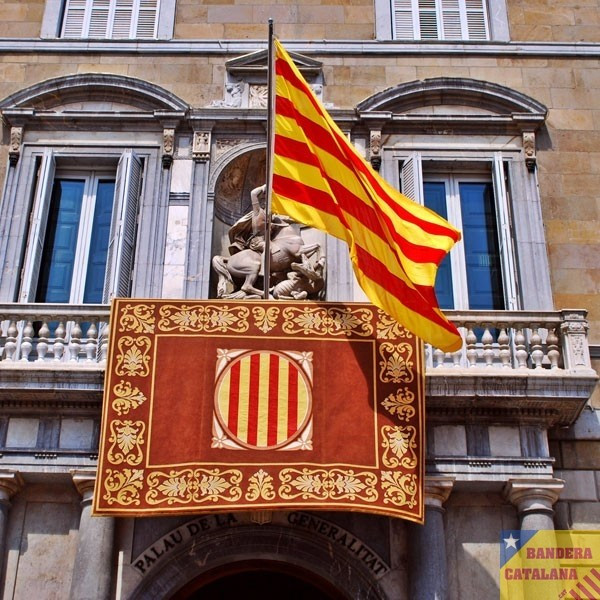The 1st of October witnessed the first ever referendum to vote for the independence of the previously autonomous Catalonia region. About 2.5 million Catalans turned up for voting and the voting poll was conducted despite Spain Government’s fierce attempts to cease the same.
Background:
Catalonia is one of the 17 autonomous regions of Spain. Under autonomy, they’ve governed their own education system, healthcare, police force etc. With a reasonably large population of 7.5 million, the region has contributed heavily to the manufacturing industry of Spain and has developed into a bustling tourist hub.
However, since 2009-10, the Catalonian resentment began. This discontentment dates back to the era of dictatorship of General Franco who repressed the limited autonomy of the Catalonia. Since then the Catalan language too was suppressed. Later when Spain became a unified nation, the language rebounded and about 75% of the population went back to the Catalan language. But the Spanish constitution refused to acknowledge the language to be of national stature which displeased the Catalonians. 
What triggered the separation?
The strained relations between Catalonia and Madrid’s central government had previously been based on historical and cultural differences. But these were further fueled by the Spanish economic crisis and austerity in the past decade.
The pro-independence Catalans believe that they are being robbed blind by the Spanish government. They estimate a gap of 10 billion euros between the taxes paid and the services delivered per year which rounds up to about 4% of the GDP. They are convinced that Catalonia has a brighter future without being under the Spain nationality.

The momentum:
The infuriation of the population was directed by the pro-independence activists towards a referendum for gaining a nationality status. The anti-independence crowd, besides being small in number, lacked a focused agenda as they were divided in opinion among themselves. While some distinctly opposed the separation, some wanted to stay a part of Spain with a more open autonomy and others remained neutral.
The Madrid government refused to acknowledge the referendum and deemed it illegal stating that under Article 155 of the Spanish constitution, the government in Madrid is permitted to impose direct rule on autonomous regions. During the conduction of the voting poll, they sent in armed police forces to block the referendum. The police seized ballot papers, fired rubber bullets, shut down official buildings and even arrested 12 officers. Over 900 civilians were injured and these ghastly scenes at Catalonia deeply shocked Catalans and reverberated through entire Europe.

The regional government had expected a turnout of 90% in favour, however, the actual turnout lived up to just 42%. The Catalan authorities blame the hampered turnout on the Spanish Government for having deemed the referendum illegal and further disrupted the voting poll.
What next?
“I have to represent all of Catalonia’s citizens. On Sunday we had a referendum under the most difficult circumstances and set an example of who we are.”said Carles Puigdemont, President of Generalitat of Catalonia.
The Spanish government suspended the Catalan parliamentary session planned for Monday in which a declaration of independence from Spain was expected to be made.
The country’s constitutional court said such a declaration would be “a breach of the constitution”.

With scenarios like Britain wanting to leave the EU and Scotland wanting to leave Britain, the European regions seem to be undergoing a waterfall effect whereby regions seem to be slowly seceding from their main states. It could almost be described as the mark of the beginning of regionalism under the umbrella of nationalism.

